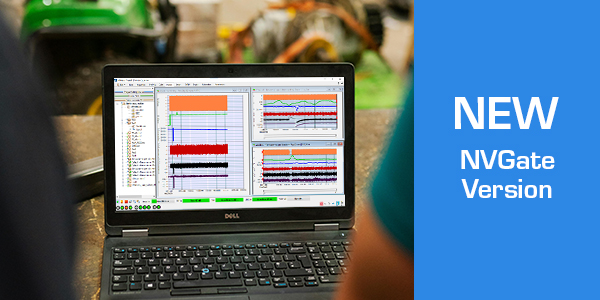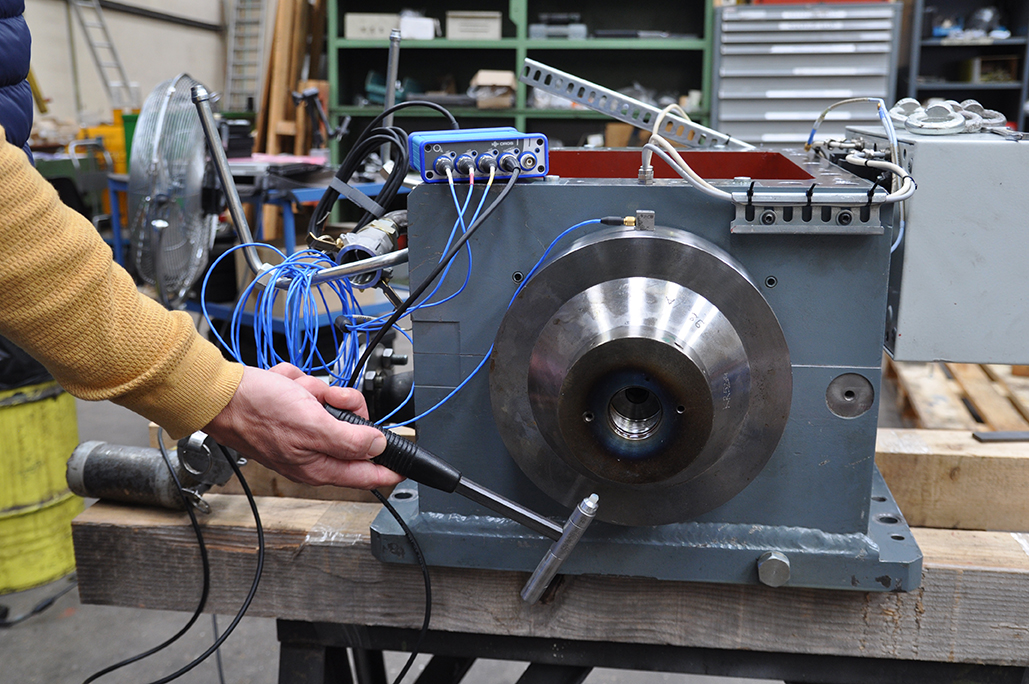Order analysis, also called order tracking analysis, is a very useful type of analysis whenever dealing with noise and vibration on rotating machines. This technique is useful on any type of rotating machines: from the largest steam turbine in a power plant to a very high-speed turbocharger. The fact is that rotating machines often feature varying speeds: run-up, run downs or even fluctuations during steady state. Order analysis is well adapted for varying speeds
Order analysis will provide a similar approach to FFT analysis when looking at frequency harmonics: the advantage is that order lines will be independent of the rotating speed. The interpretation of results will be then be much easier. This can be clearly seen on the picture below which compares results obtained using both techniques.
Order spectra are not only providing the amplitude of orders but also the corresponding phase of each line. Typically, order 1 (1X), called the first harmonic in traditional FFT, will provide the key information for a balancing process.
This analysis is typically performed either in real time or in post analysis based on recorded signals. In order to provide precise results easily to the user a powerful signal processing and algorithm should be used. The analysis is based on a high sampling of the tachometer signal followed by a resampling in the angle domain in order to obtain a fixed number of samples per rotation. Then, based on the resampled data, FFT is carried out.
More or less advanced and powerful algorithms exists. In order to provide the best performance in terms of possibilities and accuracy one should be careful about the selection.
The technique used by OROS for many years can for example perform Order analysis up to 300 000 RPM which is useful for high-speed machines such as Turbochargers. It is also important to make sure to process order analysis on fast transients as run-ups and shutdowns can occur in very short times.
Another criterion is the number of shafts on which the analysis can be carried out simultaneously. It is not sufficient to measure rotating speed in parallel on several shafts. Some machines, such as gear boxes, will require to calculate Order analysis on several shafts: OROS Order analysis can achieve this process all the way to 3 shafts which is quite unique.
Globally speaking, order analysis is a very useful and powerful technique used to characterize typical rotating machine faults.




